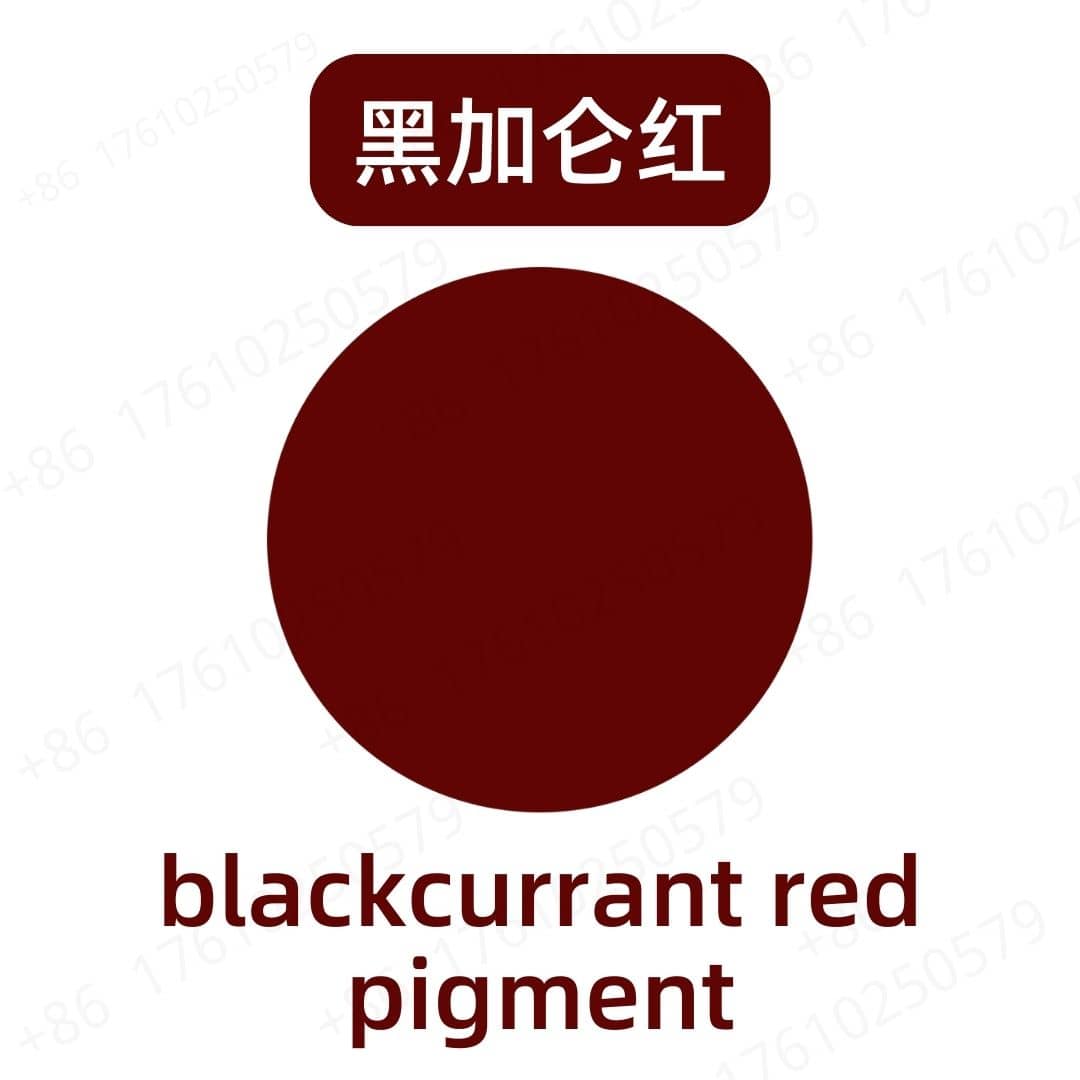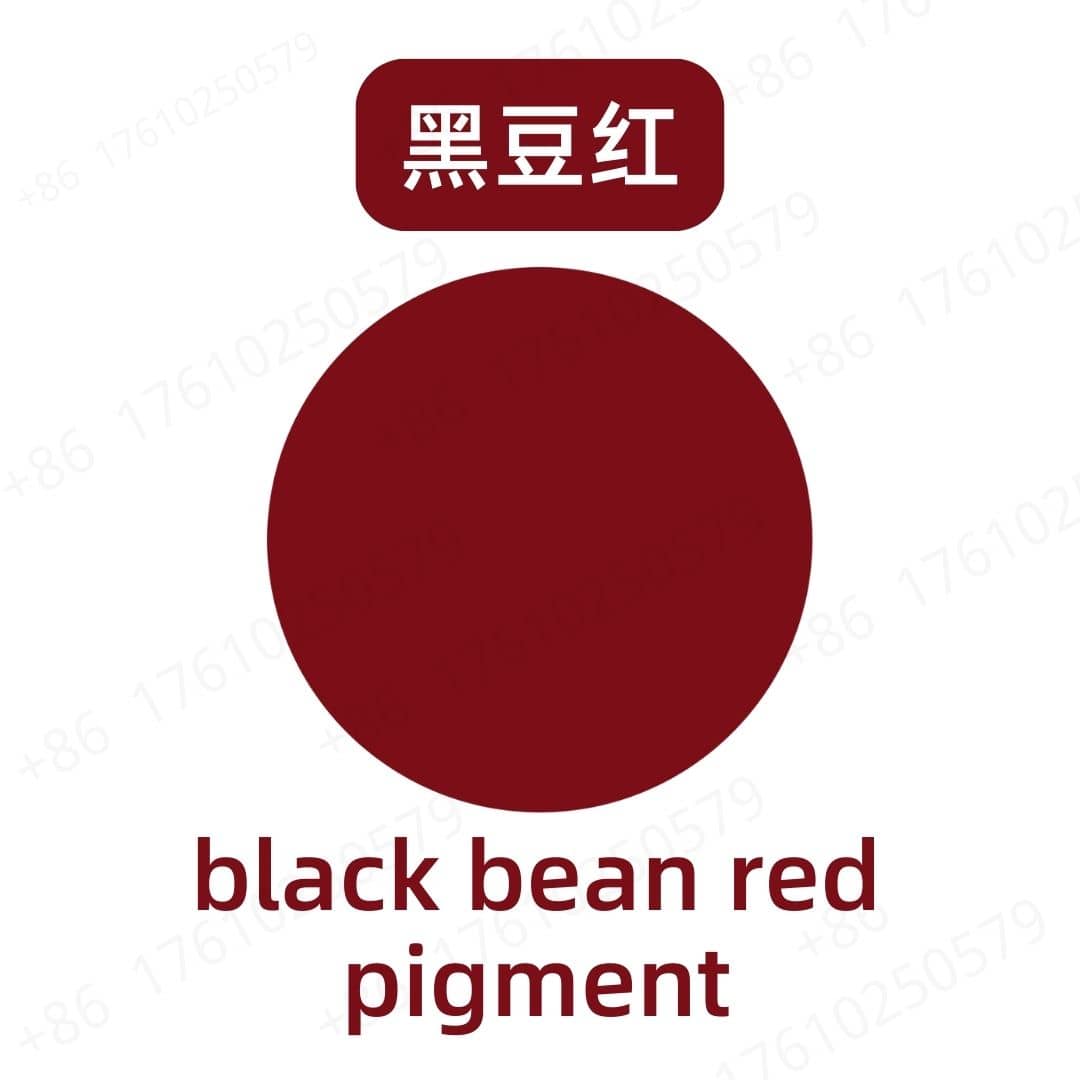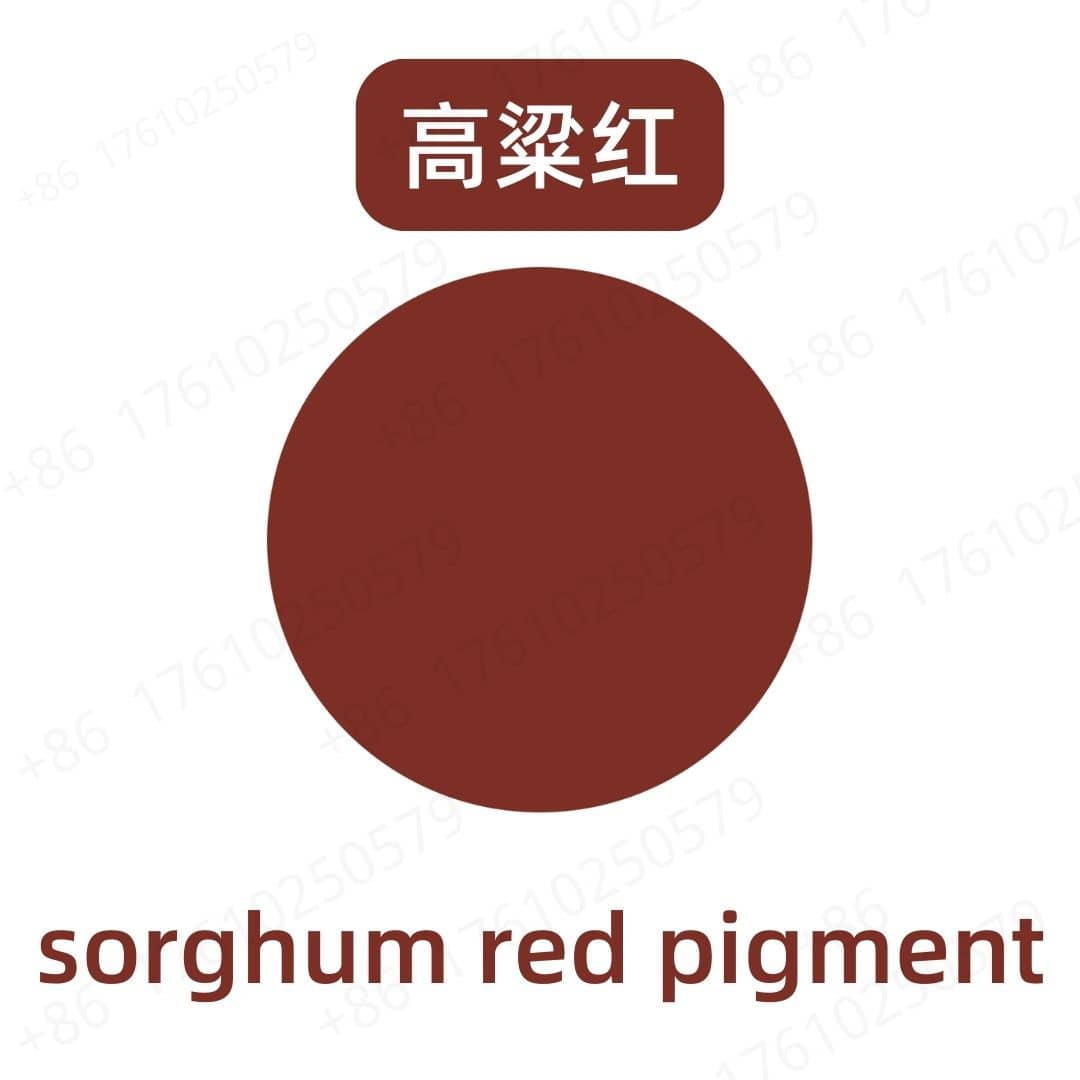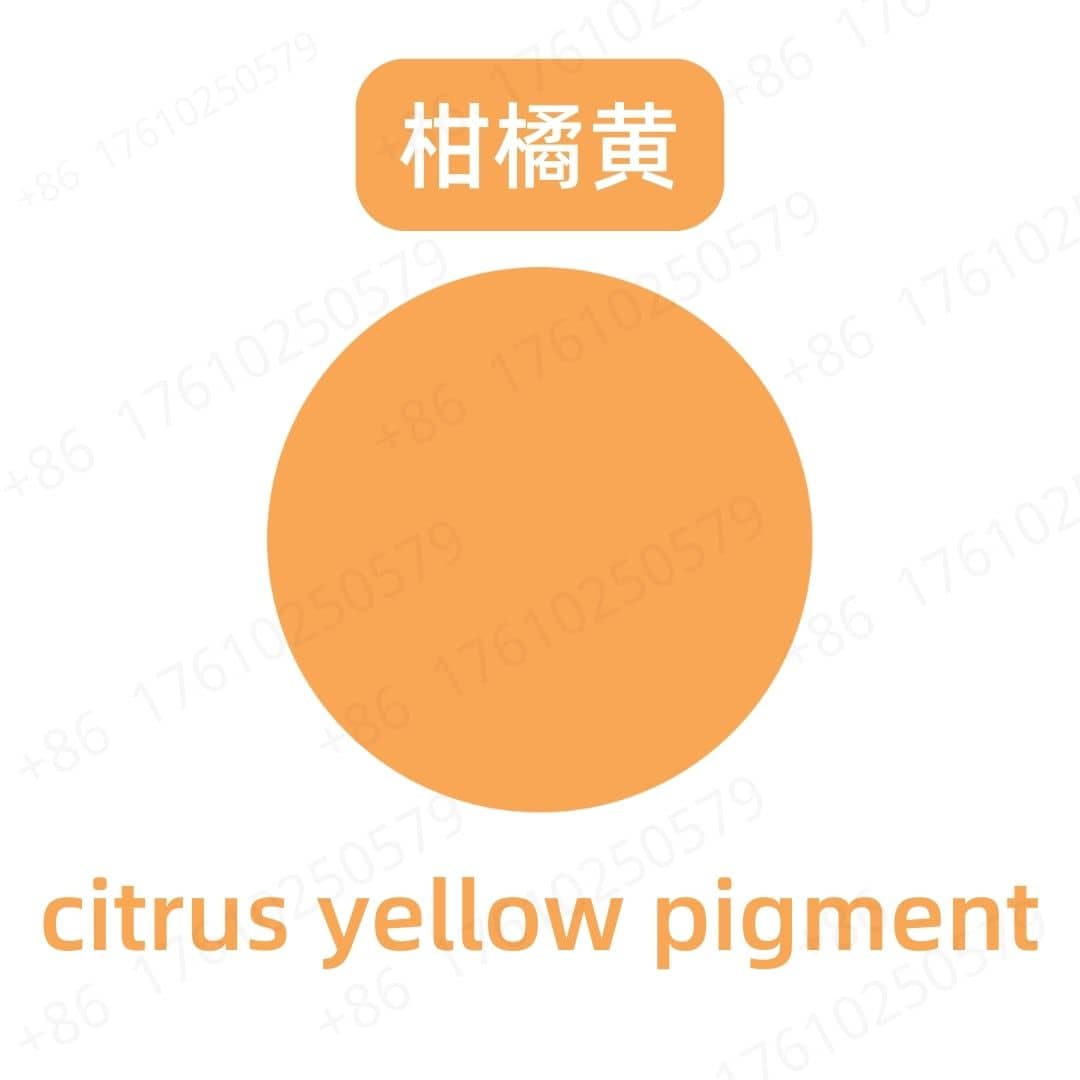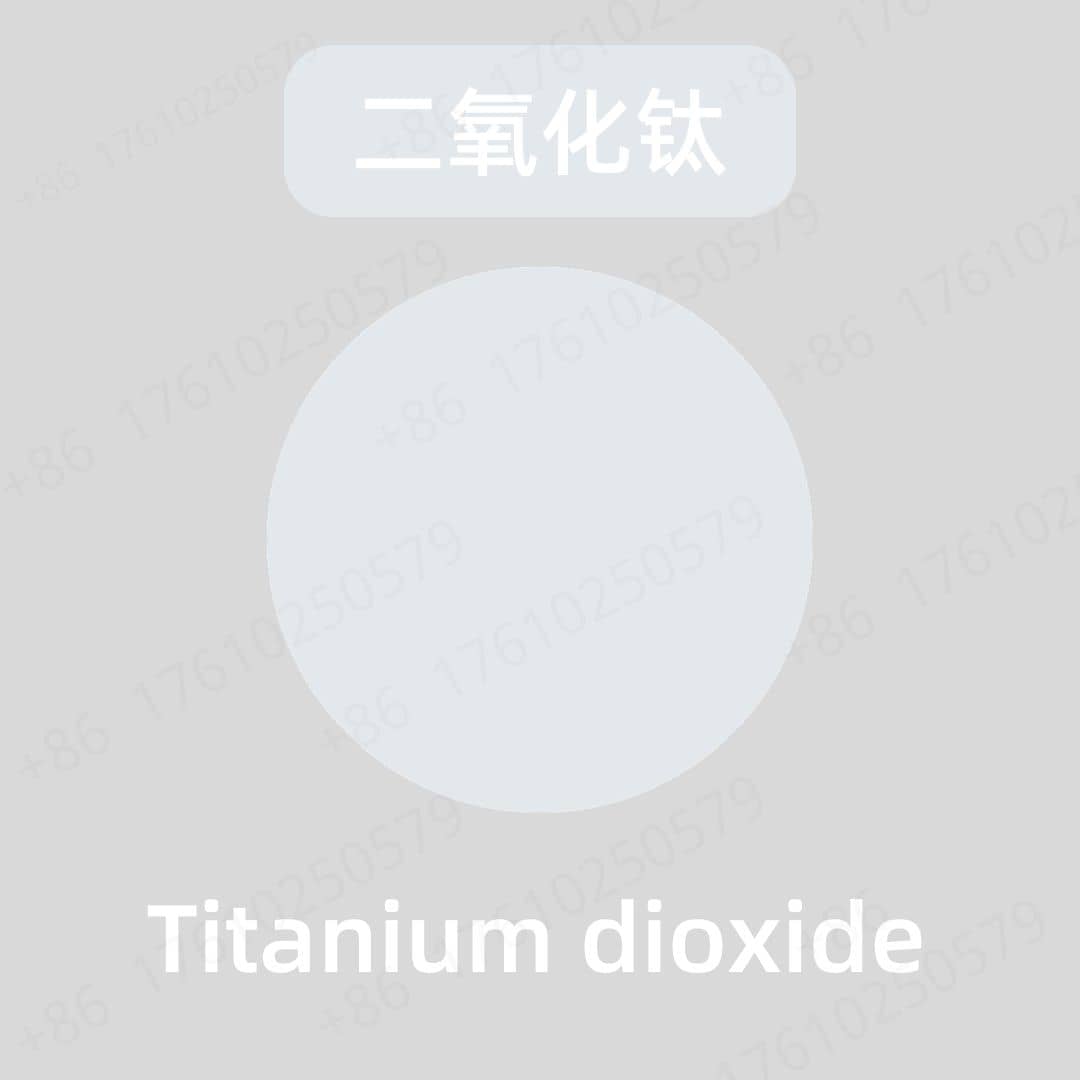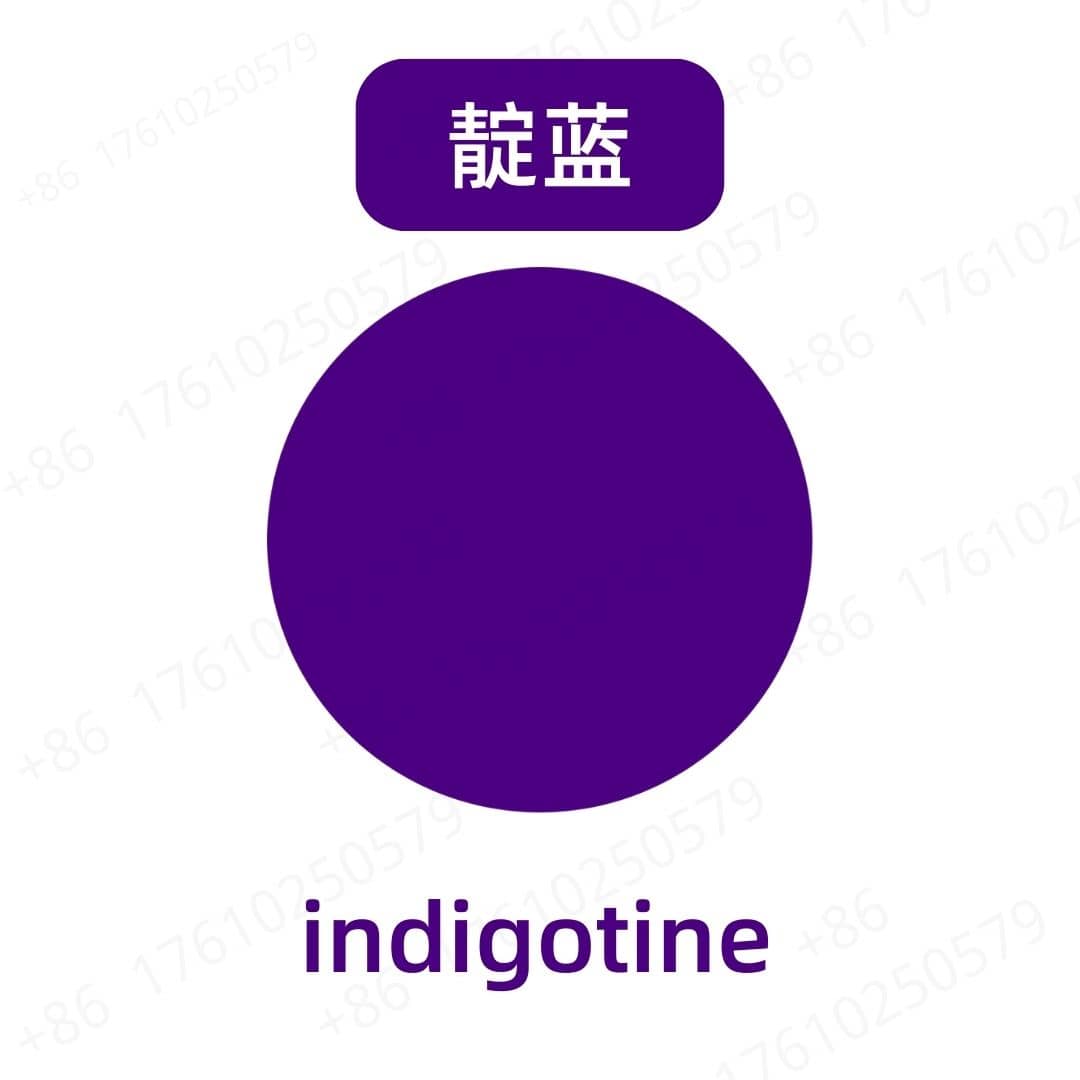Product Introduction
Quinoline yellow aluminum lake pigment is a synthetic colorant derived from quinoline. The pigment appears as a bright yellow powder and is known for its stability and versatility in various applications. It is particularly popular in the food industry, where it is used to impart a vibrant yellow hue to a range of products. Additionally, it is effective in cosmetic formulations and in pharmaceuticals, providing both aesthetic appeal and functional benefits.
Production Process
The production of quinoline yellow aluminum lake pigment involves a multi-step chemical synthesis process. Initially, quinoline is synthesized from aniline and acetic acid through a series of chemical reactions. The resultant quinoline is then reacted with various metal salts, typically aluminum, to form the aluminum lake pigment. This process not only enhances the color intensity but also improves the pigment's stability and resistance to fading. After synthesis, the pigment is filtered, washed, and dried to obtain a fine powder. Rigorous quality control measures are employed throughout the process to ensure the final product meets industry standards for purity and color quality.
Application Scenarios
Quinoline yellow aluminum lake pigment is widely used in the food industry for coloring a variety of products, including beverages, confections, bakery goods, and dairy products. Its bright yellow color makes it suitable for enhancing the visual appeal of these items. In cosmetics, it is often used in formulations such as lipsticks, eyeshadows, and creams, contributing to vibrant colors without compromising formulation integrity. Additionally, it finds applications in pharmaceutical products, where it can enhance the appearance of tablets and capsules, making them more visually appealing while ensuring compliance with regulatory standards.
Packaging and Storage
Storage Conditions: Store in a sealed, light-proof container, away from high temperatures, in a dry, cool, and well-ventilated place.
Packaging: Bulk: 25kg/fiber drum; Sample: 1kg/aluminum foil bag; Custom packaging available upon request.
Shipping Methods: FedEx, DHL, dedicated logistics, and sea freight consolidation.
Shelf Life: Two years
Monica Sun possesses extensive technical expertise and market insights in the food additives industry. She excels in designing efficient and safe additive formulations tailored to various food applications, ranging from sweeteners to functional dietary fibers. Monica has successfully assisted food manufacturers in optimizing ingredient combinations to enhance product quality and improve consumer satisfaction.









